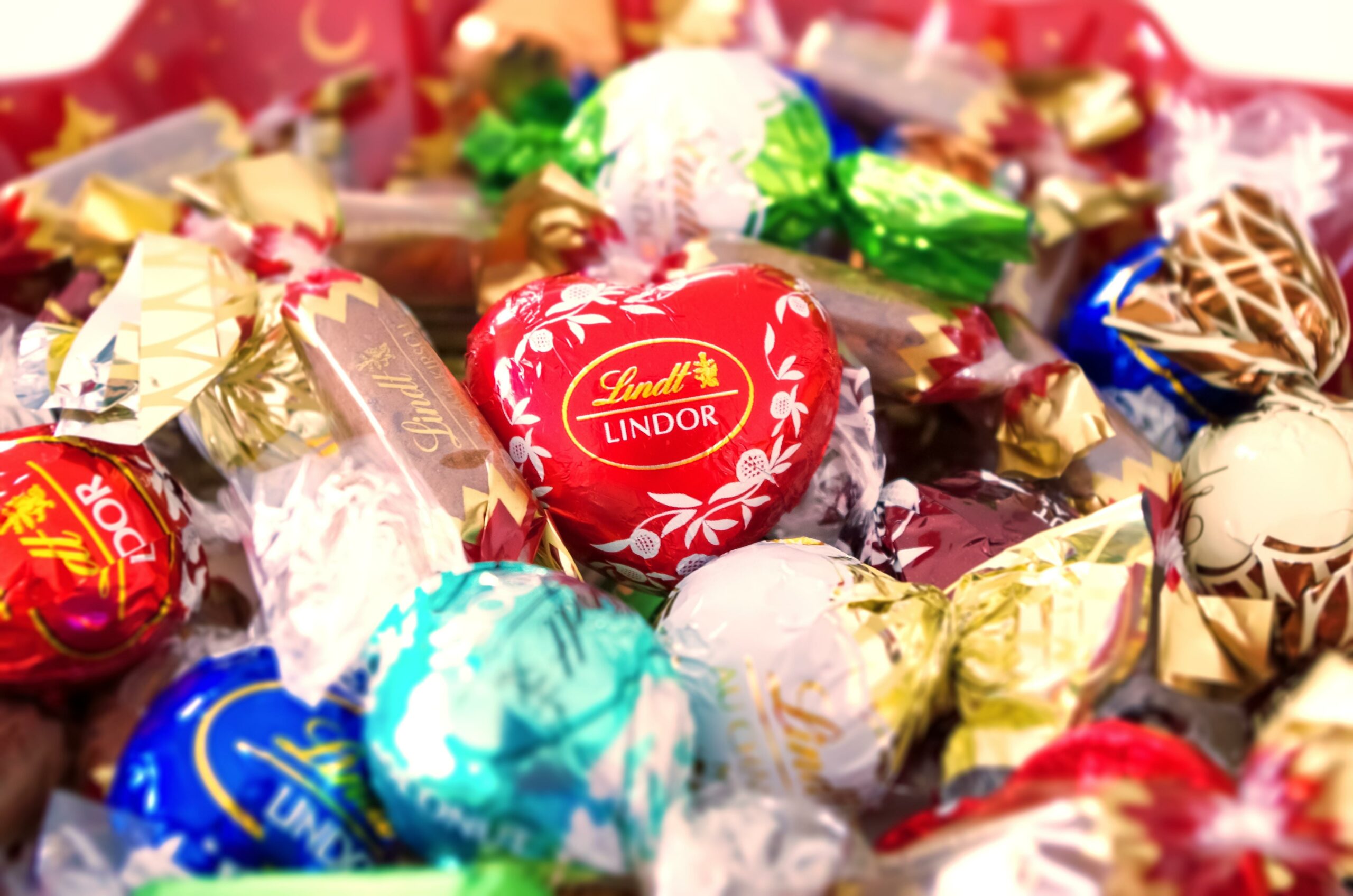Are you prepared to embark on an enthralling exploration of the history of lollipops? Embrace the gustatory experience and be prepared to be mestimeed by an enduring anecdote as we elucidate the delightful backstory of these renowned confections. Throughout history, lollipops have enthralled successive generations with their captivating allure, ever since their inception. Anticipate a comprehensive exploration of the historical roots, cultural intricacies, and technological advancements that have significantly influenced the realm of lollipops. Prepare for an unparalleled confectionery adventure! Embrace the palatable chronicle of lollipops.

History of Lollipops
Lollipops, which are delectable confections affixed to a stick, possess an intriguing historical lineage that spans several centuries. Embark with me on an exploration as we decipher the enchanting inception and progression of these cherished confections.
The history of lollipops begins with George Smith, a creative confectioner hailing from New Haven, Connecticut. Smith witnessed a moment of epiphany in 1908 when he invented the initial iteration of the lollipop. Smith chose the appellation “Lolly Pop” for his invention, drawing inspiration from the allure of this four-legged majestic being. His registration of the name as a trademark in 1931 cemented its position in the annals of candy.
However, the edible confectionery on a stick concept existed centuries before Smith’s invention. Indeed, the concept can be historically linked to the Middle Ages, during which individuals would partake in boiled sugar confections while holding poles or handles. Our ancient predecessors first recognized the remarkable qualities of honey as a food preservative. They would affix a wooden piece to the preserved food or honey and lick or chew on it; this was the earliest form of lollipops.
It is intriguing to note that the origins of lollipops can be identified in the Middle Ages, during which individuals enjoyed confectionery treats affixed to poles. Furthermore, prior to that, our resourceful predecessors devised a method to merge the gratifying attributes of honey with the functional qualities of a stick. It is truly remarkable how a humble confection can transcend time and unite generations through a mutual appreciation for something delicious and gratifying.
Lollipops continue to be a prevalent choice among individuals of all ages in the present day. There is a wide variety of inventive flavors and innumerable brands of lollipops to satisfy every palate. Whether one leans towards traditional varieties such as cherry or lemon or yearns for more unusual options like watermelon or bubblegum, an ample selection exists to satisfy one’s desire for sweetness.
Dum Dums is one of the most recognizable brands of manufactured lollipops. Millions of individuals have delighted in these delectable confections, which are frequently consumed in substantial quantities. Their varied flavors and diminutive size make them a favorite among both children and adults. Therefore, the next time you indulge in a Dum Dum, pause momentarily to recognize how this uncomplicated delicacy has enthralled gustatory senses for generations.
Dum Dums is a brand of lollipops that has succeeded in captivating the populace. These delightfully colored miniature delights have captivated individuals of all ages. Due to their pocket-sized size and assortment of flavors, they are the ideal delectable companion for any occasion. Therefore, I encourage you to unswrap a Dum Dum and immerse yourself in the enchanting realm of lollipops.
Considering the antecedents of the word “lollipop” itself, we shall now cease our discussion. Although the precise etymology remains a subject of contention, certain scholars propose that it might have originated from the Northern English dialect word “lolly,” denoting “tongue.” The nomenclature is fitting, given that lollipops are specifically engineered to be licked or sucked, enabling individuals to fully appreciate their confectionery delight.
Numerous theories contend that the term “lollipop” originated from a linguistic enigma. There is speculation that its origin could be traced back to the word “lolly,” which in specific Northern English dialects translates to “tongue.” It is only appropriate that these delectable treats are created to satisfy our taste buds!
In conclusion, lollipops have an insightful and delightful history spanning centuries. Throughout the years since their inception by George Smith in 1908, these delectable confections on a stick have enchanted successive generations with their enticing sweetness, dating back to the Middle Ages. Whether indulging in a traditional Dum Dum or delving into the extensive variety of flavors presently accessible, lollipops persistently gratify our desire for sweetness and stimulate our creative faculties.
Therefore, on your next indulgence in a lollipop, pause momentarily to acknowledge the profound historical significance that has endowed us with this uncomplicated delight. This exemplifies the inexhaustible desire for sweet gratification and the strength of human ingenuity.
Lollipops symbolize more than mere confectionery indulgences; they serve as a constant reminder of our ceaseless quest for pleasure and sweets. Recall the centuries of history that have transpired around the allure of a lollipop the next time you indulge in that delectable treat, and allow it to convey you to a world brimming with confectionery marvels.
When did lollipops first appear? The answer to this intriguing query is equally intriguing. Utilizing the force of nostalgia, lollipops have endured as a cherished confection for numerous generations. Delighting both young and old alike, these delightful sweets have a rich history dating back to ancient civilizations. So, if you’re ready to take a flavorful journey through time, click here to uncover the surprising origins of lollipops. Prepare to be amazed!
FAQ
What is lollipops’ place of origin?
The intriguing history of lollipops dates back to antiquity. The origins of the edible confection on a stick can be identified in the Middle Ages, during which individuals would consume boiled sugar using sticks or handles. There is speculation that our predecessors utilized honey as a food preservative by affixing a piece of wood to the honey or preserved food in order to ingest it.
Inventor of lollipops?
The contemporary form of lollipops was developed in 1908 by George Smith of NeConnecticut,nnecticut. In 1931, he registered a trademark for the name Lolly Pop, after which he named the horses. Smith’s innovation transformed the confectionery sector and laid the foundation for the beloved confection that we presently savor.
What caused lollipops to gain popularity?
Lollipops have maintained their popularity throughout the years, as new brands and flavors have emerged. The ubiquitous consumption of manufactured lollipops, including Dum Dums, was substantially influenced by their invention. These delectable confections on a stick continue to delight candy aficionados around the globe and are adored by individuals of all ages.
What exactly does the term “lollipop” mean?
The etymology of the word “lollipop” remains a subject of contention; however, it is hypothesized to have originated from the Northern English dialectal term “lolly,” denoting “tongue.” The aforementioned term plausibly denotes the action of licking or swallowing the confection affixed to a stick, which serves as the distinctive feature of a lollipop.
What is the lollipop-making process?
Composed of sugar candy affixed to a stalk, lollipops are designed to be licked or sucked. Typically, they are formed by pouring boiling sugar syrup into receptacles containing sticks. After the lollipops have solidified and chilled, the sugar can be consumed. Presently, a wide array of sizes, shapes, and flavors of lollipops are accessible to consumers worldwide, rendering them an irresistible indulgence.









